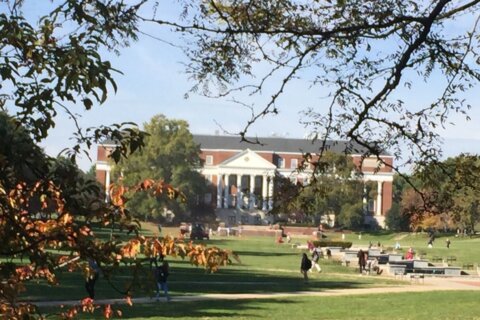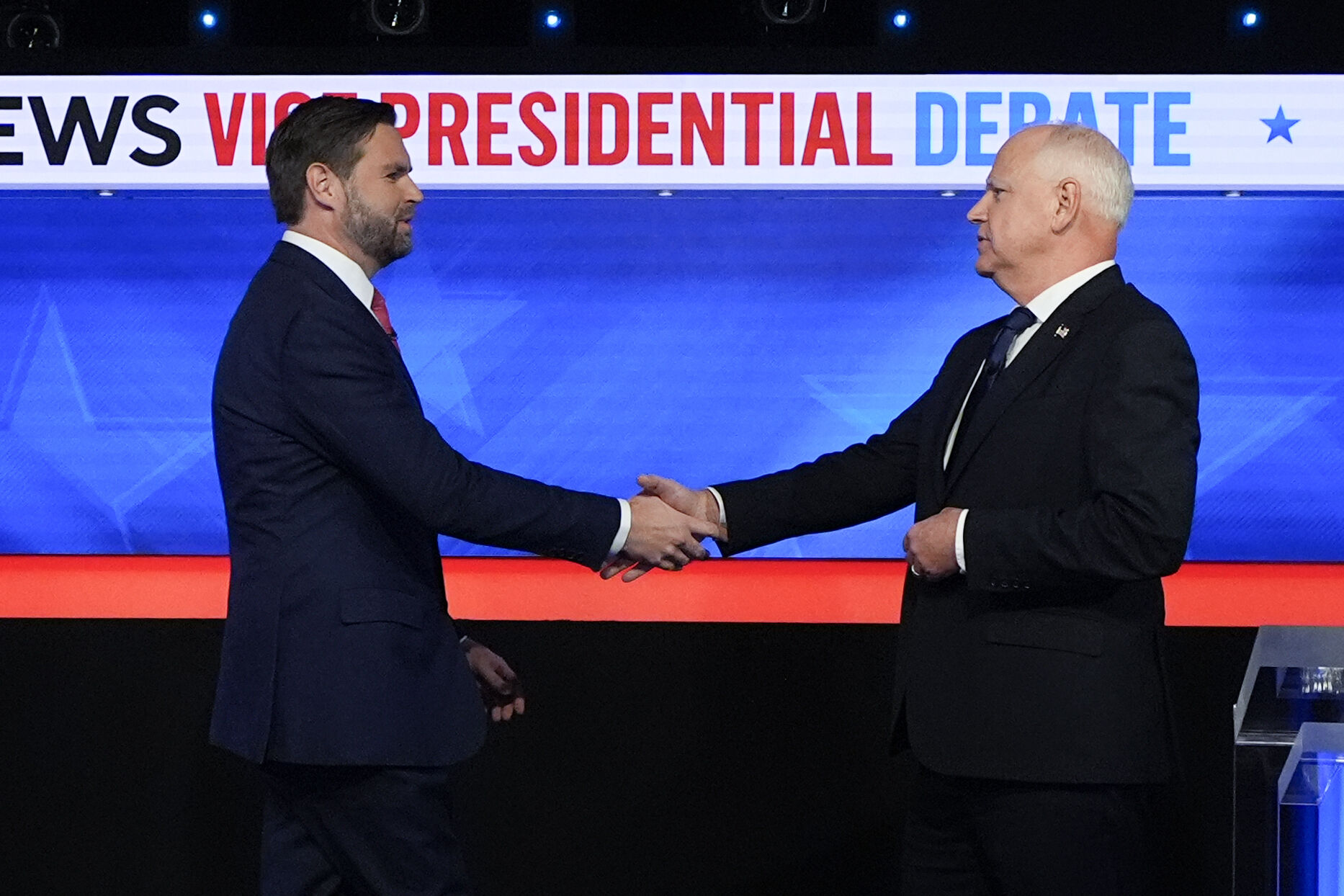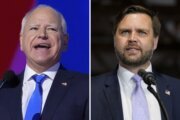Wildland firefighters are accustomed to putting their personal health and safety on the line. But the COVID-19 pandemic is layering on unprecedented risks for these men and women as it, too, spreads like wildfire across the country.
Enter Dr. Harry Sibold. With a hybrid career including stints as a National Park Service ranger, a fire department paramedic, an emergency physician and now medical director for emergency medical services in Montana, he’s a natural for the new role he’s taken on — mobilizing to protect firefighters from COVID-19 at wildfire hot spots in multiple states.
Currently, California, Oregon and Arizona are reporting the most massive wildfires, according to the National Interagency Fire Center. To date, 93 fires have burned more than 1.8 million acres in the U.S. Wildfire fighters are on a damage-control mission, and so is Sibold.
Just a few days ago, Sibold wrapped up his work with the Sampson Incident Command team in Dillon, Montana, where firefighters have been battling the Bear Creek fire on the Montana-Idaho border in the Northern Rockies. He was advising the team on COVID-19 risk reduction and planning for the worst: potential outbreaks among their ranks in their often-cramped camp quarters.
But soon Sibold was needed elsewhere. “The world of fire has gone ballistic in the last 24 hours,” Sibold said while en route to his current assignment in Marin County, California, where raging fires have forced mandatory evacuations.
[Read: As COVID-19 Slams Arizona, Flight Nurses Soar to Respond.]
Outbreak Fears
Wildland firefighters are a tight-knit bunch — they need to be. They rely on one another while taking on sheets of fire and billowing smoke. Between battling blazes, they rest and recharge at fire camp. There, the firefighters line up for food servings at communal meals, gather together to swap work experiences and share close quarters to grab some sleep.
During the pandemic, however, normal fire camp conditions could provide a prime opportunity for the novel coronavirus to transmit from person to person. “My fear is: You have asymptomatic young people getting this, transmitting this and having an outbreak at a fire camp and shutting it down,” Sibold says. “Here we have a community that’s got a very important task of attacking the fire. If suddenly whole units become positive, you’re in trouble.”
The need for social distancing has been a major topic at every level of fire-response leadership. “In the past, we’d have fire camp and we’d all generally be in one place, Sibold says. “That might be 500, 1,000 or 2,000 people in one fire camp. So one of the things we decided early on is we need to disperse as much as possible.”
Since the early days of the pandemic, the Centers for Disease Control and Prevention has continually updated prevention recommendations for health care facilities, health providers and the public. But there are some situations that CDC guidelines simply don’t address.
Sibold tells of an elite firefighter on a hotshot crew who was injured on the job and rescued by peers:
“To carry a guy off a mountain, you get large numbers of people,” he explains. “They’re going through brush and woods, and down mountainsides and rocks. We had about 80 people involved in that rescue. And they’re sweating, coughing and everything else. All this smoke inhalation because they’re going through this incredibly thick smoke near the fire line. And then they get him out, he gets treated and luckily doesn’t have any bad injuries.”
So far, so good. But then there’s the COVID-19 risk to consider as the team returns back to camp in big green vehicles called buggies. Physical distancing is impossible.
“Now you’re going to jump into the hotshot buggy and drive back to Helena, Montana, with 19 of your best friends,” Sibold says. “So, should we be tested?” becomes the question, he says. “Try to find the answer to that in a CDC guidance.”
Keeping fire camps safe amid COVID-19 requires complex logistics such as reconfiguring living, eating and showering facilities, sanitation measures and cultural changes in the way firefighters work and interact with one another.
[See: Fear, Courage, Grit: Meet More Than 50 ‘Hospital Heroes’ in Pictures.]
Double Danger
In normal EMS situations, emergency responders, including firefighter-paramedics, are routinely exposed to infectious diseases. “When you’re called for somebody with respiratory symptoms, especially going into a closed room that isn’t well-ventilated, there is a risk,” Sibold says.
COVID-19 spreads through infected respiratory droplets propelled by coughing, sneezing, singing, yelling and talking. It’s unclear whether smoke in itself can transmit the coronavirus. A more likely threat is the coughing and sneezing that results from smoke exposure.
Masks are key coronavirus barriers. The catch is that face masks may also act as communication barriers for firefighters at work.
Wildland firefighters already wear plenty of protective equipment: helmets, goggles, leather gloves, boots, flame- and heat-protective yellow shirts and similarly protective green pants. “On their belt, or somewhere on their wet gear, they’re wearing a fire shelter,” Sibold says. This is a last-resort safety device that provides temporary protection for a firefighter trapped by a wildfire.
Even in the pre-pandemic normal years, some firefighters used pull-up neck gaiters. Now, some firefighters wear masks but there’s that risk tradeoff, Sibold notes. Clear information exchange is essential when winds are shifting, fire is spreading and nearby team members are swinging heavy equipment like the Pulaski, a tool that combines a fire ax with a hoe.
“There are times that it would be risky for a firefighter to wear a mask if communication were an issue,” Sibold says. “That’s when we encourage spacing. Wear the mask when you can, like when you’re going to and from the fire line. But if there’s a point where you’re on the fire, you’re on the radio, you’re working underneath a helicopter — if that mask is going to prevent you from adequate communication to keep you safe, then take the mask off. Don’t use it.”
Sibold finds the “capricious” nature of COVID-19 particularly troubling. “That’s the part I’m still wrapping my head around,” he says. “You have young people that appear not to get any symptoms at all, and then another young person who gets horribly ill and dies. I’ve seen 80-year-old people who have gotten this, been in the hospital and walked out with no problems and 30-year-old people who come in and are talking to you, and 48 hours later they’re on a ventilator in the ICU near death.”
[Read: Pathologist Discovers Coronavirus Causes Extensive Blood Clotting.]
Keeping Firefighters Safe
You can see the flame wall, smell the smoke, feel the heat — wildfire dangers are in your face. Not so for COVID-19. Firefighters tend to be a stoic bunch, Sibold says. They’re not necessarily expressing whatever fears they might have about the potential for becoming infected.
Instead, firefighters are intent on forging ahead with their mission. “Everyone in EMS — firefighters, physicians, paramedics — that’s our livelihood, that’s our passion and that’s what we do,” Sibold says.
Listening to Sibold, you get a strong sense he’d like to be taming wildfire flames himself. “No, I don’t go out on the fire line — I’m old and fat, and we don’t put old, fat guys on the Pulaski,” he jokes. He remains laser-focused on his own mission of developing preventive protocols with fire team leaders to protect front-line firefighters from COVID-19.
Sibold points to a study in the March issue of the journal Fire that used models to predict potential COVID-19 outbreaks in fire camps. “Our results suggest that (the novel coronavirus) may spread rapidly within a fire camp during extended campaigns,” the authors concluded.
That’s what keeps Sibold traveling from fire camp to fire camp in locations from Missouri to California. He was in Tucson, Arizona, with the Northern Rockies team when the pandemic was at its peak and the anxiety level about COVID-19 was “tremendously high.”
“When I walked in the door, everybody looked at me and kind of sighed a big sigh of relief and then started handing me phones and resources and things to do,” Sibold says. “We set up a task force of folks whose job would be to deal with issues surrounding (COVID-19 prevention).”
Sibold is happy to note that the firefighting team had no positive coronavirus cases while he was there: “I wanted to run in a big circle and high-five people.”
More from U.S. News
What to Say to Friends or Family Members Who Hesitate to Wear a Mask
Montana Physician Truly Heads Toward the Fire originally appeared on usnews.com







